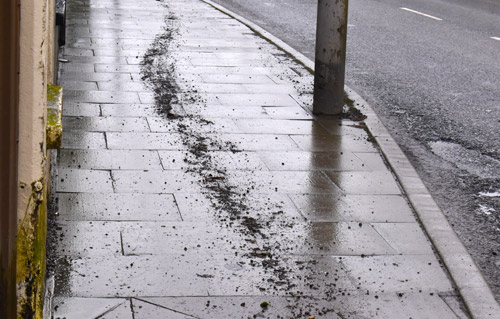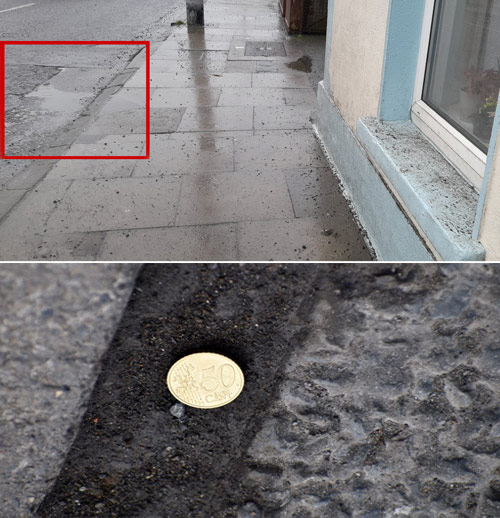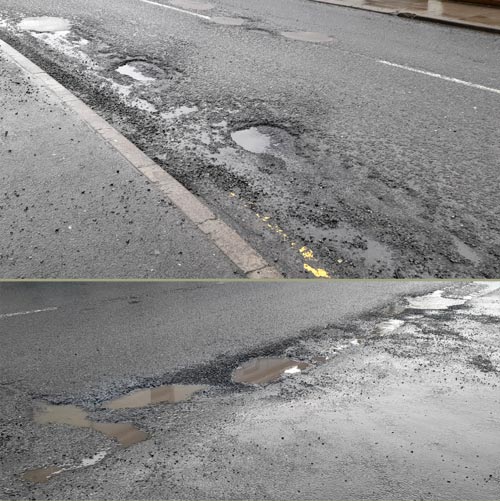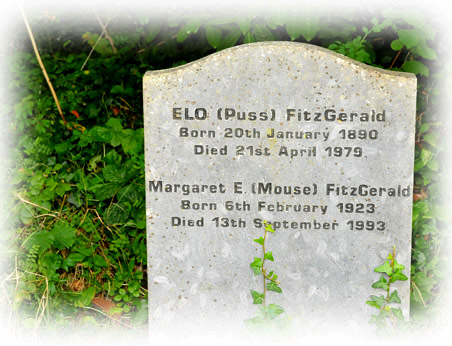A pedestrian has been seriously injured following an accident here in Thurles last night.
The named male pedestrian, a former member of An Garda Síochána, aged in his 60s and from the Thurles hinterland, was accidentally struck by a motor vehicle in the Archerstown/Mill Road area, south/east of Thurles, at approximately 7:35pm last evening, Friday February 17th 2024.
Thurles Gardaí, Thurles Ambulance Service and Thurles Fire Services, all attended at the scene, before the man was quickly removed to Tipperary University Hospital in Clonmel for urgent treatment. We understand the unfortunate victim has since been removed to Waterford University Hospital, but his injuries, while serious, are not described as life-threatening. We wish him a quick recovery.
Thurles.Info had previously highlighted the dangers to persons using the Mill Road route, as recent as February 8th, 2024, (VIEW HERE) warning of the possible consequence, if this area continued to be neglected by Tipperary Co. Council and Transport Infrastructure Ireland (TII). This has been the fourth accident in this immediate area, to occur within a 40 kilometre (¼ ml) in as many months.
Meanwhile, last Friday on Kickham Street, (February 17th 2024), latter which joins this same Mill Road, at the Dublin Road roundabout, the large privately owned street sweeper was busy once again. Same was required to remove last week’s gravel, as the surface of this, the busiest road in Thurles, continues to unravel. It successfully removed the gravel, but failed to remove the craters.
On 19th May 2022, the then Cathaoirleach of the Municipal District Mr Seamus Hanafin stated on local radio, quote:-
“We’ve a significant amount of work going on in Thurles over the next 12 to 18 months to follow up on the work that’s already been done. We have Phase 2 of Slievenamon Road which will have to be done and there’s also work on Kickham Street and the approach road coming into Thurles that way. All of that work and any work being done on Liberty Square, will all need to be done on a phased basis to make sure we minimise the level of disruption in our town”.
It is now mid-February 2024, and almost two years later, and none of these 3 projects have even commenced.
On Friday February 2nd, 2024, Thurles.Info invited Thurles Administrator, Ms Sharon Scully to visit Kickham Street, Thurles. In the invitation forwarded by email [sharon.scully@tipperarycoco.ie] Ms Scully was asked as follows:-
Ms Scully,
I would like for you to visit Kickham Street this morning. I suggest you park at Ely’s Supermarket.
Walk across the road and take a look at the pavement and see at first hand the work of your two man mini road sweeper.

Pic: G. Willoughby.
Note: Ms Scully’s office, even during periods of heavy traffic is less than a 4 minute drive to Kickham Street.
As is usual with Ms Scully, we received no reply or other communication following my invitation. Obviously, Ms Scully as Town Administrator considers herself superior to those who pay her wages. (That reminds me, time to chat to the Standards In Public Office Commission again (SIPO), latter responsible for promoting transparency and accountability in Irish public life.)
On February 10th 2022 last, (two years ago), following a complaint by me regarding a pothole outside my home; I received the following email from Ms Scully:-
Mr Willoughby.
Further to your email below dated the 9th February, I can confirm that we are continuing to follow up with Irish Water to ensure that work is carried out to rectify reinstatement works carried out recently outside your property on Kickham Street.
As previously stated, Tomas Duffy, District Engineer inspected the location on Kickham Street, outside your property on the 8th February. [Note Mr Duffy must be a psychic having examined this, my problem, one day before I reported the issue to Ms Scully.]
Mr Duffy reported that the water ponding is directly due to reinstatement works associated with water main works, carried out by Irish Water recently.
The complaint was referred to Irish Water in order to rectify the matter.
Mr Duffy then followed up the report directly with the Water Services in Tipperary County Council and impressed on them the urgency to have this work rectified.
Regards
Sharon.

Top picture above shows: The exterior of this house, was freshly painted in August of 2023. It further shows the failure by Tipperary Co. Council, latter led by Chief Executive Mr Joe MacGrath and his staff, which leaves my home and front window pelted by stones and filthy water on almost a daily basis, over the past 2 years.
Pics: G. Willoughby.
The picture above, shows the corrective measures undertaken.
Corrective measures, took 5 minutes to complete; involved 2 men; a lorry, and what appeared to be a Stihl TS420 14in Cut-Off Consaw. The workers cut a small track, the width of a 50 pence piece, to enable water to flow from the pot hole, latter the responsibility of Tipperary Co. Council, past the reinstatement works, associated with Uisce Éireann (formerly Irish Water).
This small track filled with grit and dust 3 days after being cut, resulting in a total failure to solve the problem. The report by Mr Thomas Duffy, sent to Ms Scully, was totally incorrect and both these officials failed to follow up on how the repairs were dealt with.
Meanwhile, directly opposite my front door the pictures, immediately hereunder, show the current state of Kickham Street, Thurles, today, after the gravel was swept up on Friday last.
Possibly, because of my daring to complain, the last visit by Tipperary Co. Council workers, which took place on January 9th, 2024, failed to repair this section of roadway.
On the same local radio station, used by Fianna Fáil Councillor Mr Seamus Hanafin, back in 2022; today reported that local Fianna Fáil TD Jackie Cahill welcomed (through whoever writes his PR), the fact that €35 million had been allocated towards improving and maintaining roads in Tipperary.
The problems being experienced on Kickham Street, a route driven by Mr Jackie Cahill TD, at least twice each week, as he travels to Dail Eireann; gets no mention.
The waste by Tipperary Co. Council and Thurles Municipal District Council officials continues.





Recent Comments